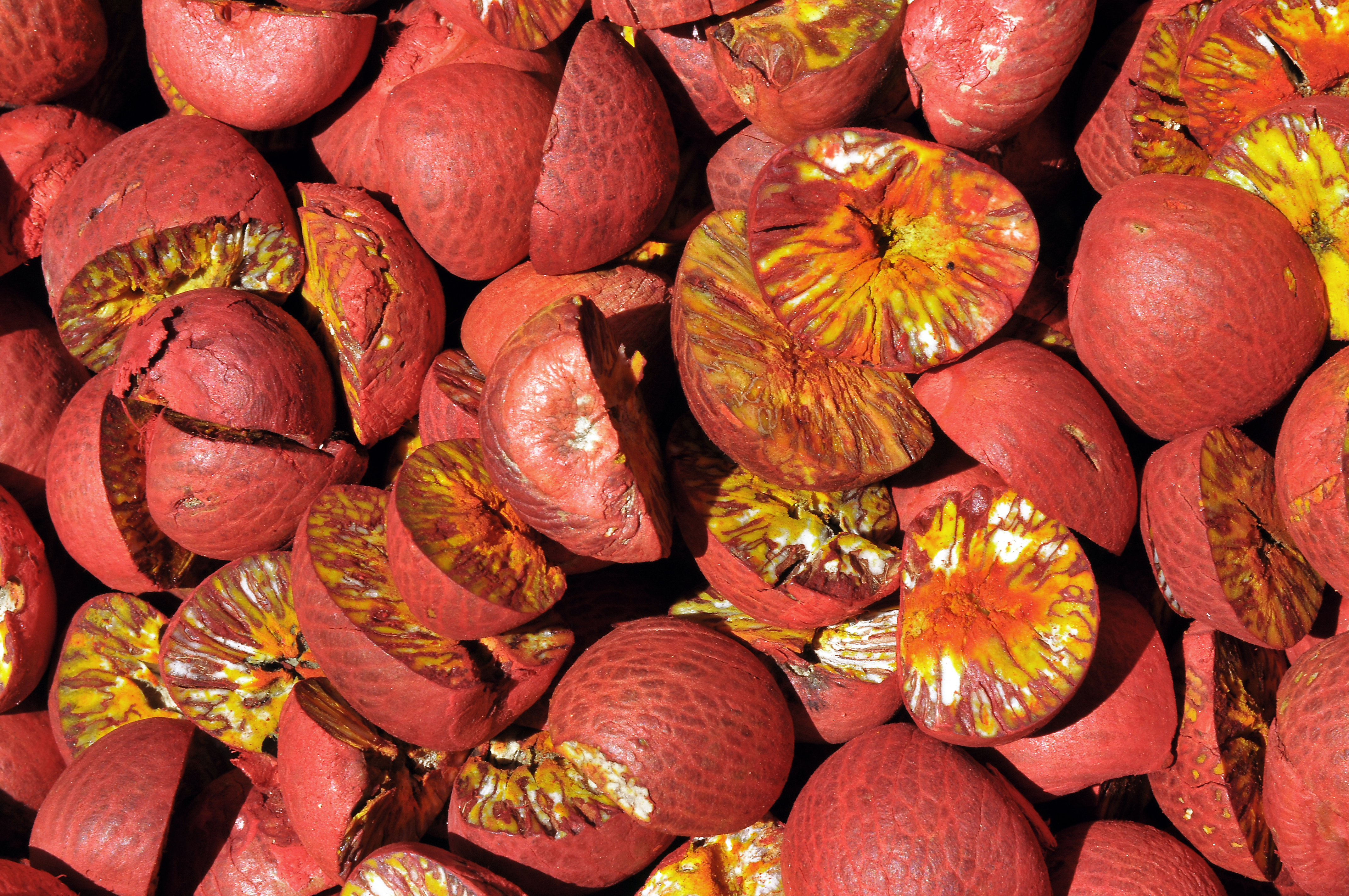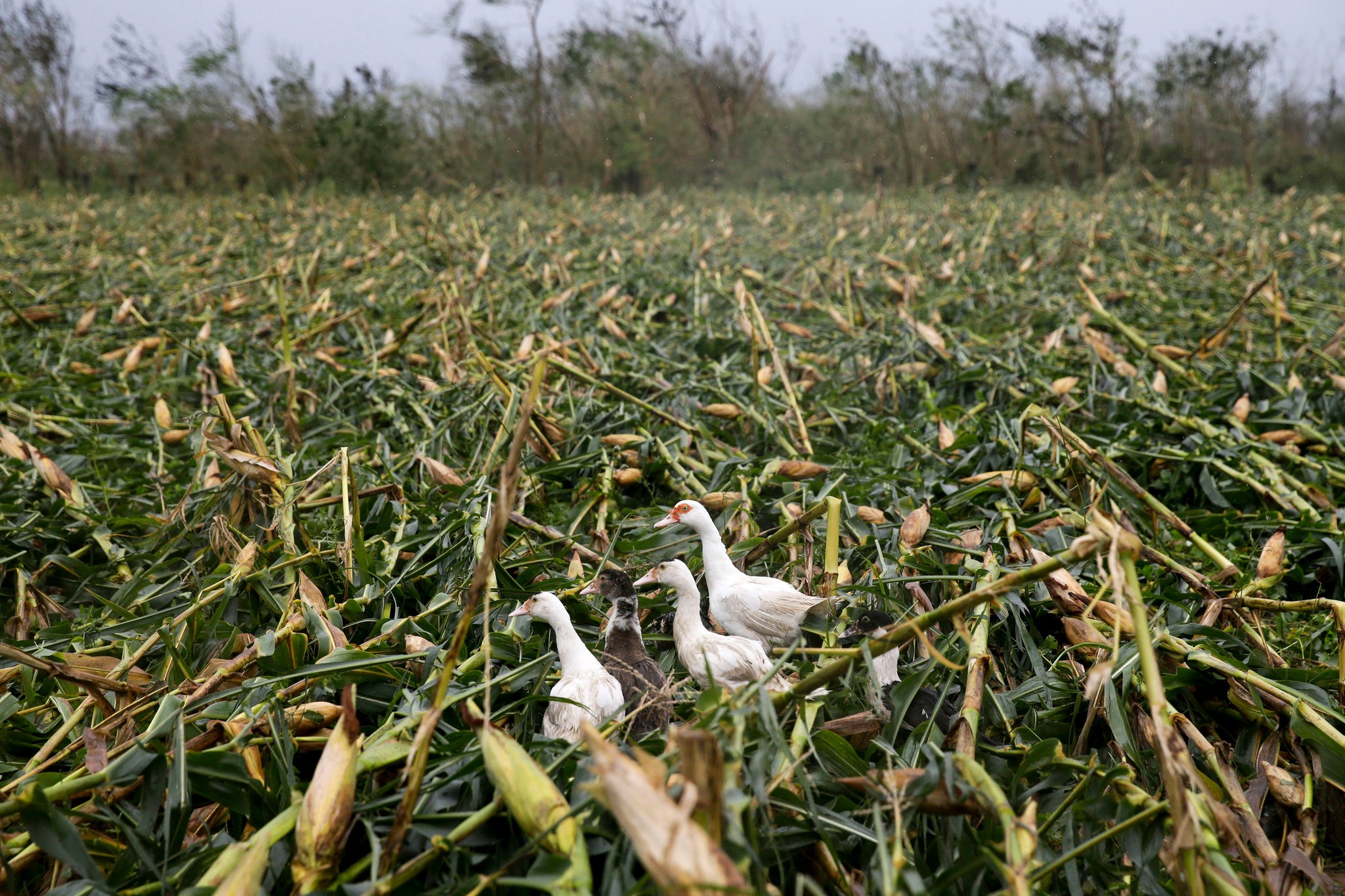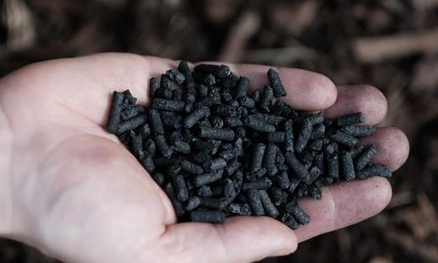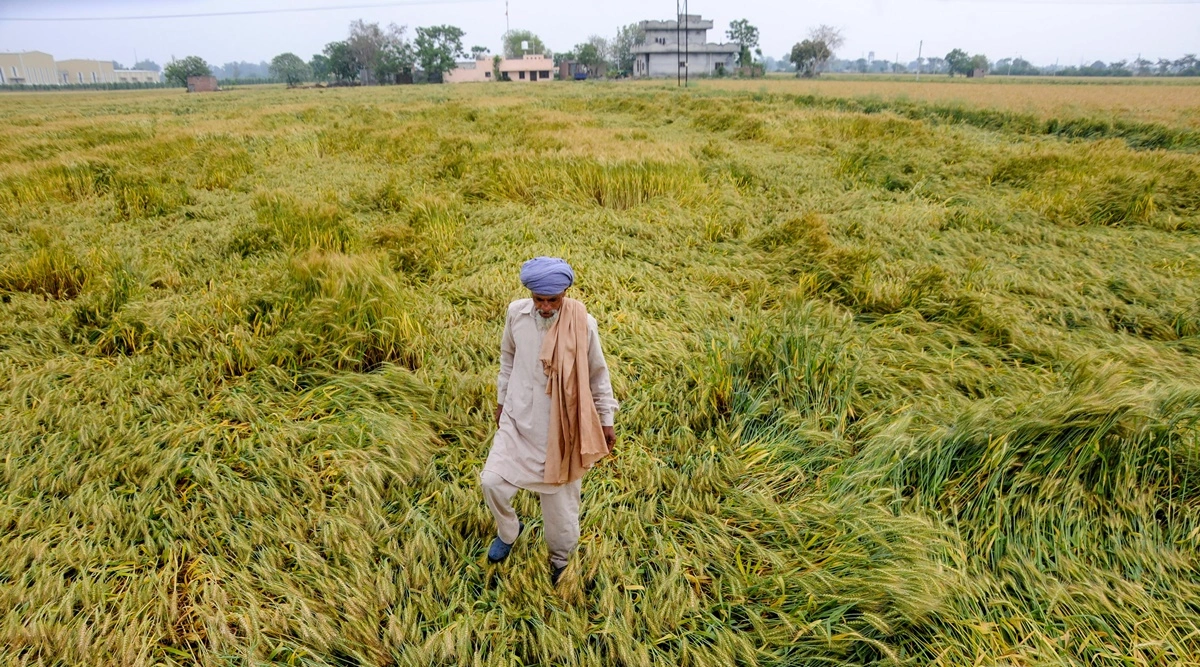Fall Armyworms (FAW) have emerged as new serious threat to over 80 crops as East Africa strives to control tropical and subtropical insects.The threat of the insect, scientifically known as Spodoptera frugiperda, comes as millions of smallholder farmers in the East African region have not yet recovered fully from last season's drought.
The destructive and migratory pests attack economically key crops like maize, wheat, millet, sorghum, sugarcane and rice at all stages. The damage can lead to 100 per cent crop loss, subjecting the East African Community (EAC) countries and beyond to serious food security threat.
Speaking to the 'Daily News East African Edition' here, the Technical Advisor tothe EA Regional Impact Centre, Mr Charles Bonaventure named some of the already affected African countries as Tanzania, Burundi, Democratic Republic of Congo, Ethiopia, Malawi, Rwanda, Uganda, Zambia and Zimbabwe.
In Tanzania, FAW was discovered in March last year in Nkasi District and hitherto over 17 regions have been affected while by the end of last year, the insect had caused over 13.383 million US dollars (about 30bn/-) loss.
"The invasion started in Tanzania in 2017, the armyworms were reported in the Southern border of the country... the moths of the armyworm are strong fliers and the species may have entered thecountry through flight from neighbouring Zambia. FAW is new in Africa and its caterpillars cause severe damage to over 80 plant species especially cereal crops like maize and rice at all stages and spreads fast in early stages. It's devastating once it develops into moth, posing greater risk to the growth of crops," said Mr Bonaventure.
The agriculturist said although the species attack a wide range of crops, it poses particularly serious threat to grain farmers. "Unlike the African armyworm, the Fall Armyworm, which is dispersed by the wind, burrows inside maize stems and cobs, making it difficult to detect and can lay up to six generations of up to 50 eggs in one location, leading to rapid destruction.
The pests, in case they attack maize, can lead to 100 per cent crop destruction," he said. The technical advisor noted that the government intervened by deploying agricultural experts, buying and distributing 133,439 US dollars (about 300m/-) and educated farmers on the worm fighting, managing to control the invasion bycountry was already affected, with most farmers incurring huge costs to contain them," he noted.
In Kenya, Mr Boniventure said, the pest has been reported in 27 of the 47 counties, threatening over 200,000 hectares of maize. Ground control operations continued in all affected areas, with farmers assisted under the Agriculture Ministry coordination. "It's worth noting that most of the infestations in Kenya were reported in the western and Rift Valley parts of the country, suggesting that the pest might have migrated from Uganda," said the agriculturist. In Uganda, FAW outbreaks continued spreading, reaching 78 districts.
The pest was detected in Moyo, Kotido, Karamajo and other districts in North Eastern part of the country where late rains were reported. The government has been distributing pesticides to the affected farmers and sprayers to model farmers to demonstrate appropriate control measures.
Ugandan government puts the potential annual loss at 450,000 tons of maize due to unabated outbreaks of fall armyworms. Mr Boniventure said the government has developed a 1 million US dollar (over 2bn/-) action plan before the pest migrated to other districts and it's expected to have revised the plan should the pest continue affecting many districts. Rwanda has developed the 700,000 US dollar (over 1.5bn/-) plan, with 200,000 US dollars from its own sources.
The country also used her soldiers to fight the pest. Burundi government had requested for an emergency technical assistance from the Food and Agriculture Organisation (FAO), which had to consider a Technical Cooperation Programme (TCP) project to assist Bujumbura with fall armyworm.Tanzania has developed the action plan for surveillance and monitoring during the coming seasons.
Source - http://allafrica.com













